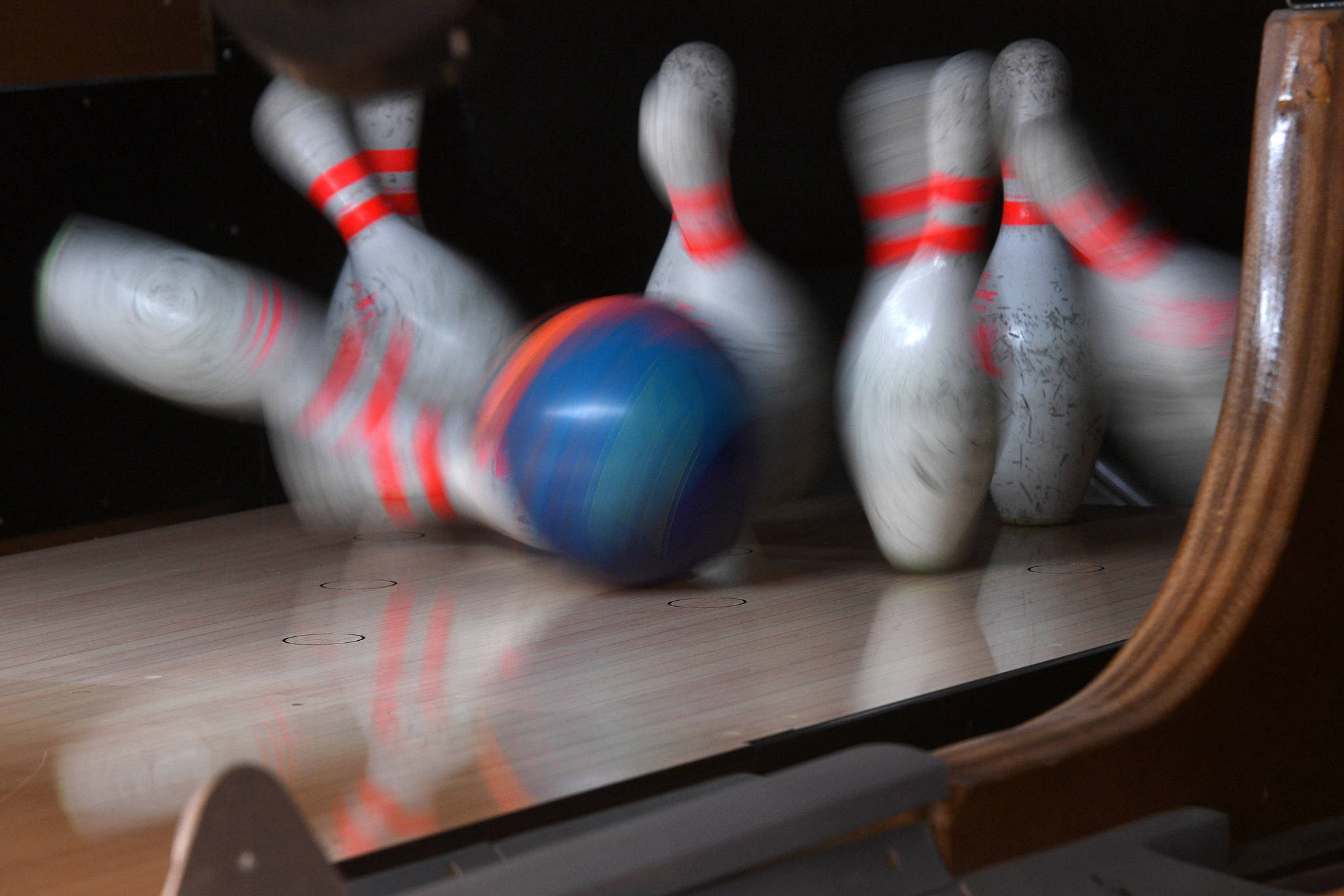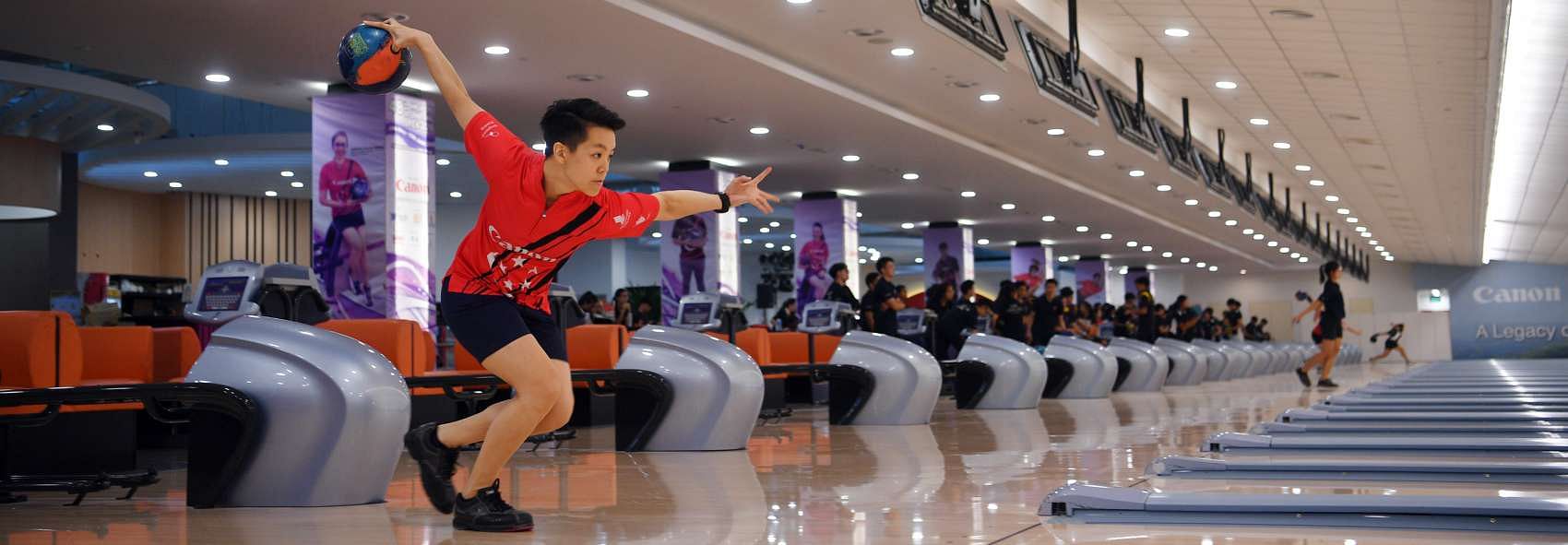Ten seconds. It’s roughly how long bowler Shayna Ng gives herself. Ten seconds to be angry. Ten seconds to mope. Ten seconds to put a bad shot aside and shrug off negativity and move on. Anything more than 10 seconds, she realised after years of raging endlessly, would disrupt her focus.
The 10 seconds matter because they are a glimpse into the fastidious athlete behind the fast smile, short hair and appealing manner. It tells you she’s intense, it tells you she’s driven, the sort of athlete who once would hit a strike in practice and ask her coach, “What’s wrong with that shot?” It’s why she’s 27 and a gold medallist at the 2015 World Women’s Bowling Championship, the 2015 SEA Games, the 2014 Asian Games and the 2012 QubicaAMF Bowling World Cup and if you add it all up it can be reduced to a single word.
Great.
Ng is telling me about the 10 seconds and raising her voice. She has to because we’re at the 38-lane Bowling Centre at the Temasek Club, a sort of 10-pin paradise, where it sounds like there’s a riot in progress. A schools event is under way and as a fusillade of balls collide with pine-wood pins they create a clattering music.
She is tucked away at the end of the alley where the national team usually train, a solitary figure wearing red, dressed in resolve, accompanied by women’s team coach Jason Yeong-Nathan and working with Cats. This is the Computer Aided Tracking System, that looks like something invented by Nasa, which tells Ng her launch speed and launch angle and revolutions. To every ancient sporting art now comes the statistical embrace of modern science.
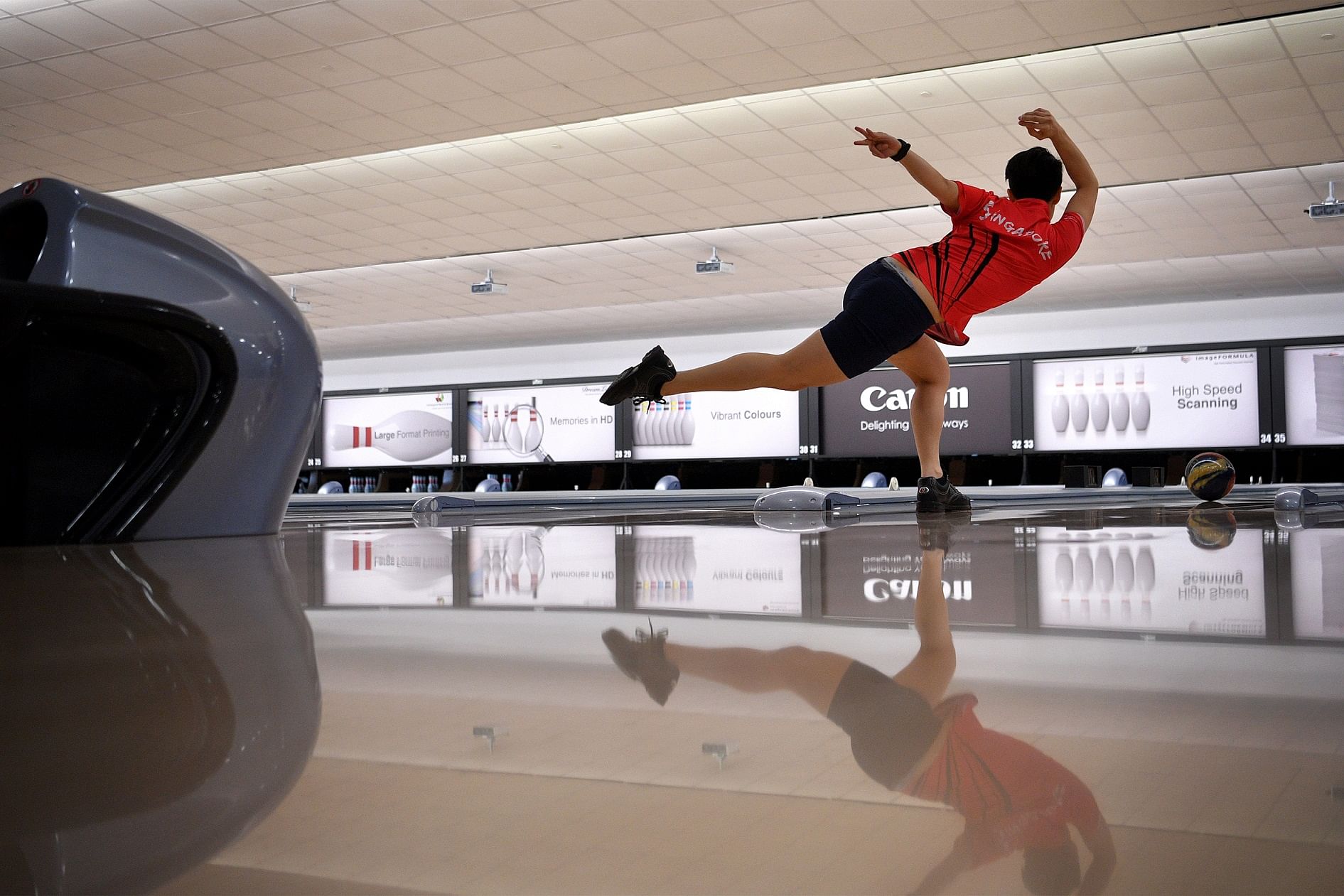
Ng’s calling shares a bloodline with shooting, archery, darts, golf, snooker, except this isn’t a stationary sport but accuracy on the move, precision found while balancing on one leg when using the heaviest ball in sport – 15lbs (6.8kg) – and spinning it down a glossy highway to knock over 10 pins in a single shot.
Cool? Yes.
For two practice hours Ng starts her routine with the same contemplation. Ball in hand. Still. Thinking. It’s the pause before possible perfection. Tennis players, those branded show-offs, change shoes to suit a surface; bowlers, a more sophisticated breed, simply peel off their soles and heels and attach new ones.
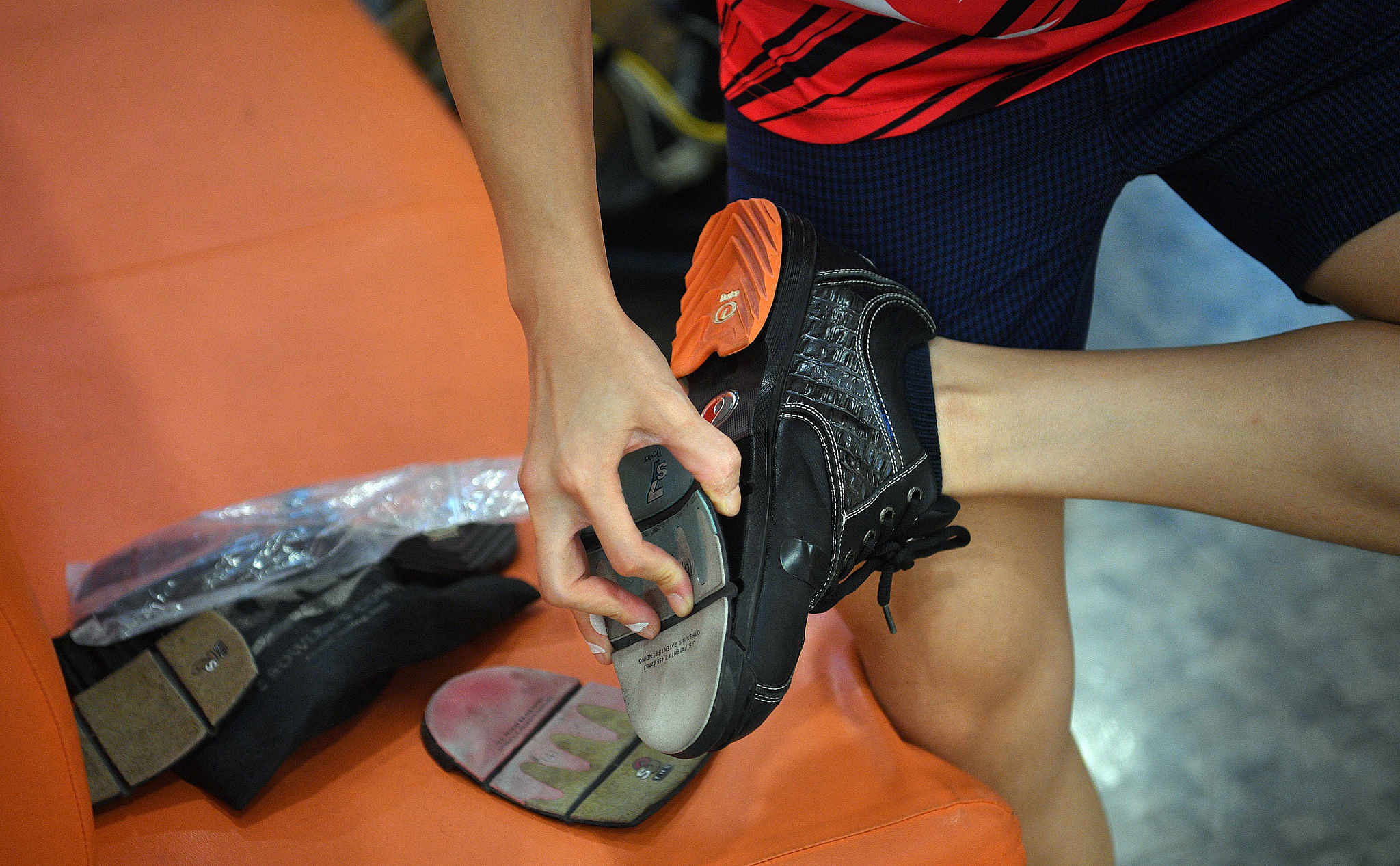
Ng takes four steps and with every step her arm swing has to be in perfect synchronicity. A marriage of limbs. By the fourth step her right arm is holding the ball cocked high behind her and the fingers of her left hand are splayed like a classical Indian dance gesture. On the fifth step she slides and the right arm sweeps down, the ball is released, her left leg is vertical, her right leg horizontal. Like every sport, bowling has its own ballet.
Each lane is built of 39 strips of wood called boards. Each board is about an inch wide. When Ng bowls she’s not looking at the pins 60 feet away but at a particular board. Roughly 15 feet from her an arrow is marked on the lane, which is where she wants to hit the 20th board; once the ball reaches the 40-foot mark she wants to hit the 10th board. This is when the ball starts to hook left towards the pins.
Hard? Wait.
Each lane also has a perfectly calibrated oil spill on it called a pattern. Every different pattern of oil, which is laid down by a machine, determines the shape and trajectory of the shot. Every thickness or thinness of oil determines what type of ball – dull or shiny – they use.
This is a subtle, slippery and sublime art. This is a versatility that would make tennis players blush and scurry home. Those racket guys have four primary surfaces to adapt to and if they’re playing on clay they stay in the red dust for a few weeks; bowlers exist in a world of multiple oil patterns and just on a single competitive day may play in 10-16 lanes and have to adjust to two different patterns.
Impressed? You better be.
Ng bowls. She strikes. She looks at the Cats system.
19.65 instead of the 20th board; 9.79 instead of the 10th board.
Almost perfect.
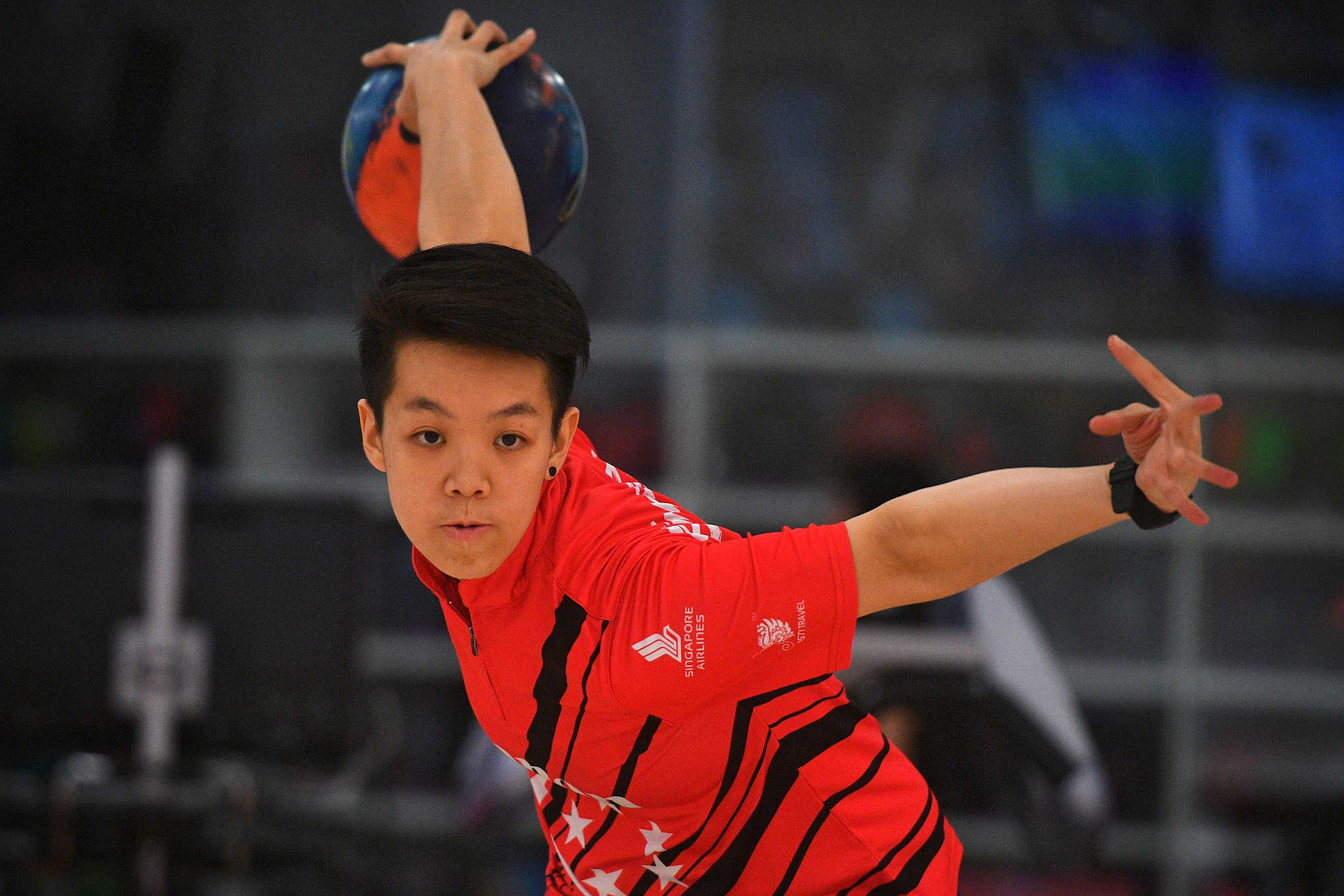
People who think bowling isn’t a sport haven’t seen Shayna Ng’s thumb. It’s bigger than it should be, rougher, callused and decorated with a blood clot.
Her hands are disproportionately large, as if genetically blessed for bowling, and yet they’re not as beaten up compared to her peers. Still, fingers get caught in the holes in the bowling ball. Blisters occur. Skin peels. Which is why for prevention they carry small white patches and a tiny bottle of alcohol. Alas, not to drink. Just to apply.
People who also think bowling is an unsweaty, air-conditioned pastime should try spending an entire day carrying a ball, which is almost as heavy as a men’s shot put, in three fingers. “We don’t have six-hour training days,” says Ng, “but we do have very long competition days”. Swimmers finish races in a minute, but once she played roughly 11 hours in Finland: the better she did, the further she went, the longer she stayed.
Today, the practice day, is readiness for that sort of endless day which comes out of nowhere. This room is her repetitious university where she solidifies skill and earns a degree of reassurance. This is where, some days, she and her team practise in the darkness, everything switched off except their senses and the light which glows above the pins. This is bowling by feel. This is the touch of talent.
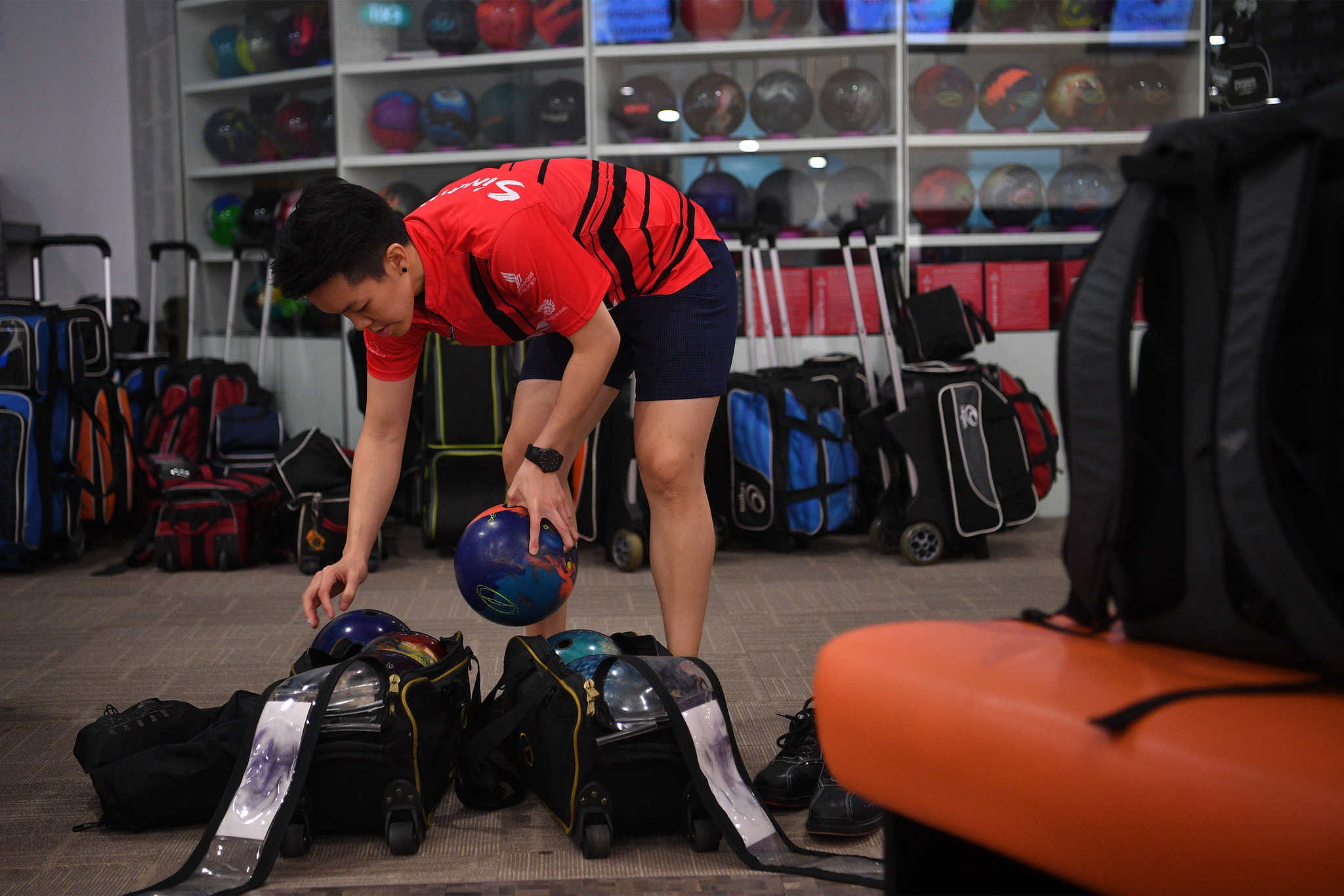
Her ball emerges from a machine and then she turns into one, a brilliant robot in red who produces strike after strike. But practice doesn’t just build routines, it builds resilience in a mentally testing game, for this isn’t a 10-second explosive sprint but a drawn-out sport like golf, with time for doubt, space for insecurity, opportunities for negativity. “You have to maintain your calm.” she says. “You can’t get excited.” Once the bad shot infuriated her; now she dissects it only late at night in bed.
Today she’s been focused on her movement because like a leaf in the wind she’s been drifting. She’s supposed to walk straight towards the foul line to release the ball, but she’s unwittingly and unknowingly drifting left in her approach.
It seems a small thing to fix but it can take weeks. Six weeks in this case. Where hours are devoted to one piece of her complex engine. Hours of frustration and failure and temporary success before a good habit is instilled. Hours she’s going to remember when she’s grey and old and retired and looks back at her younger self and asks: Did I Do Everything I Could? Did I Put In The Time? Do I Need To Regret?
She picks up another ball. Weighs it. She hears nothing. Amid the noise, her head is silent. It could be her 150th shot of the day but no one’s counting. This is who she is, this is her round-ball religion. Where practice works better than prayer.
